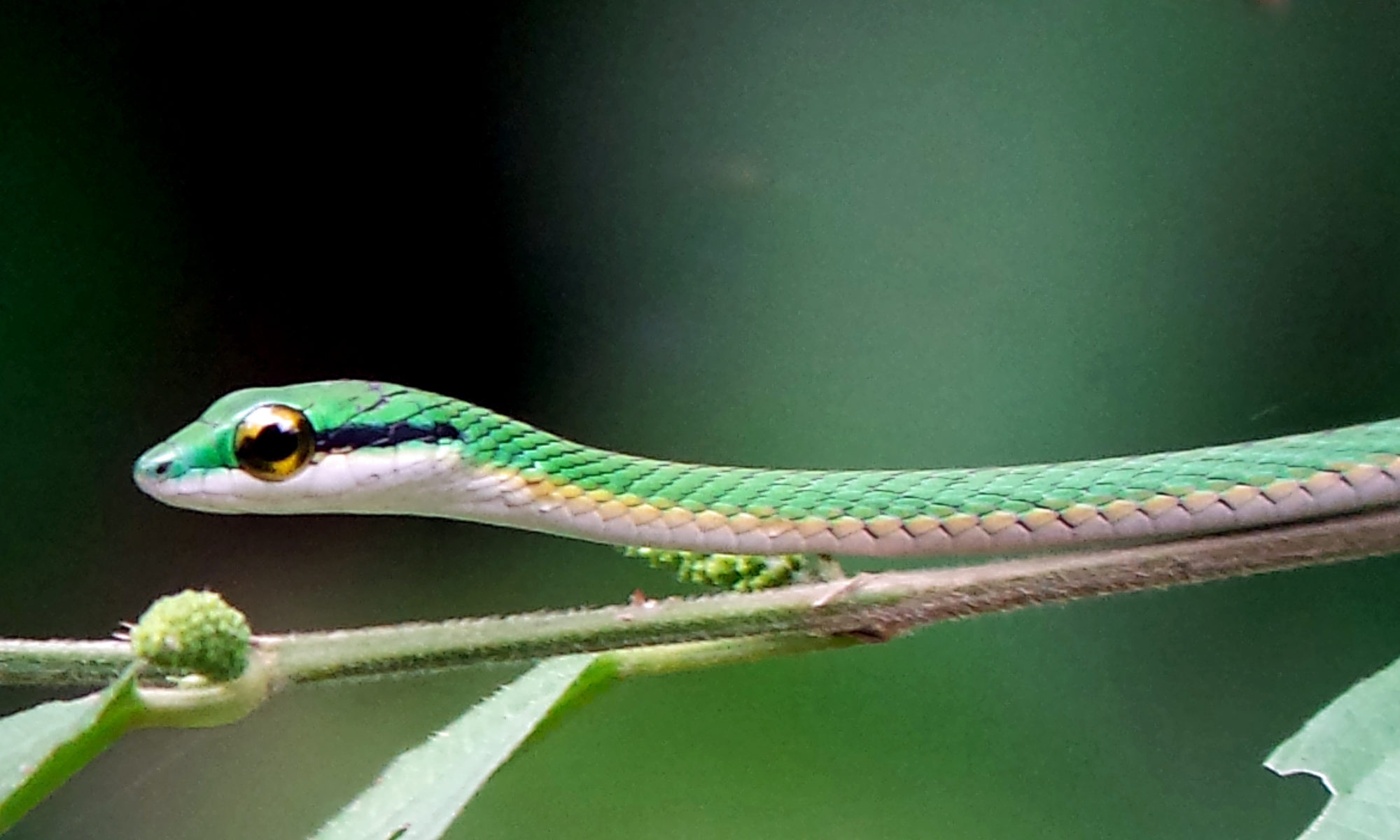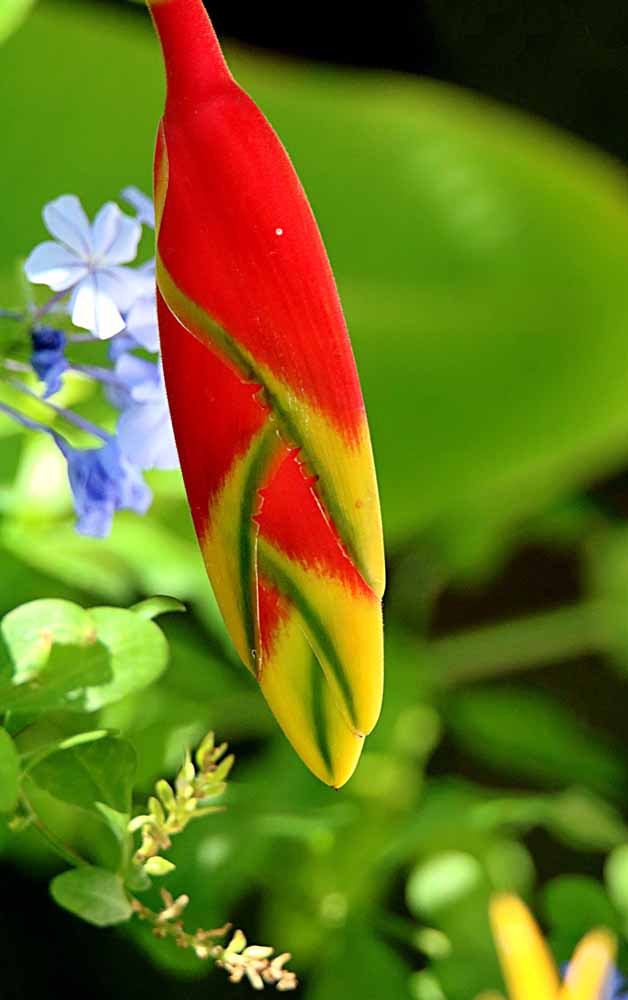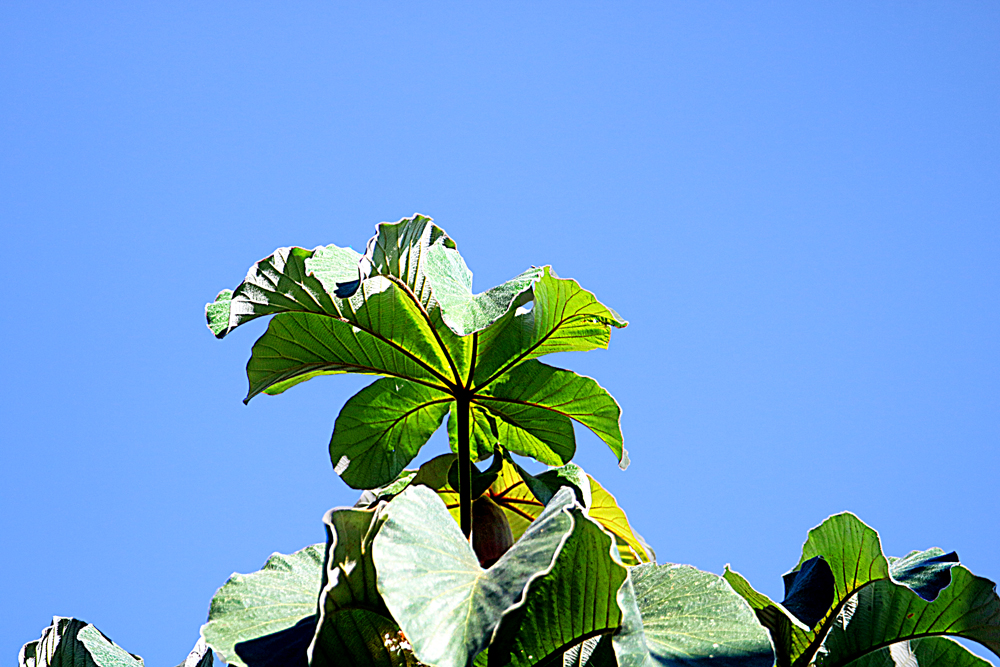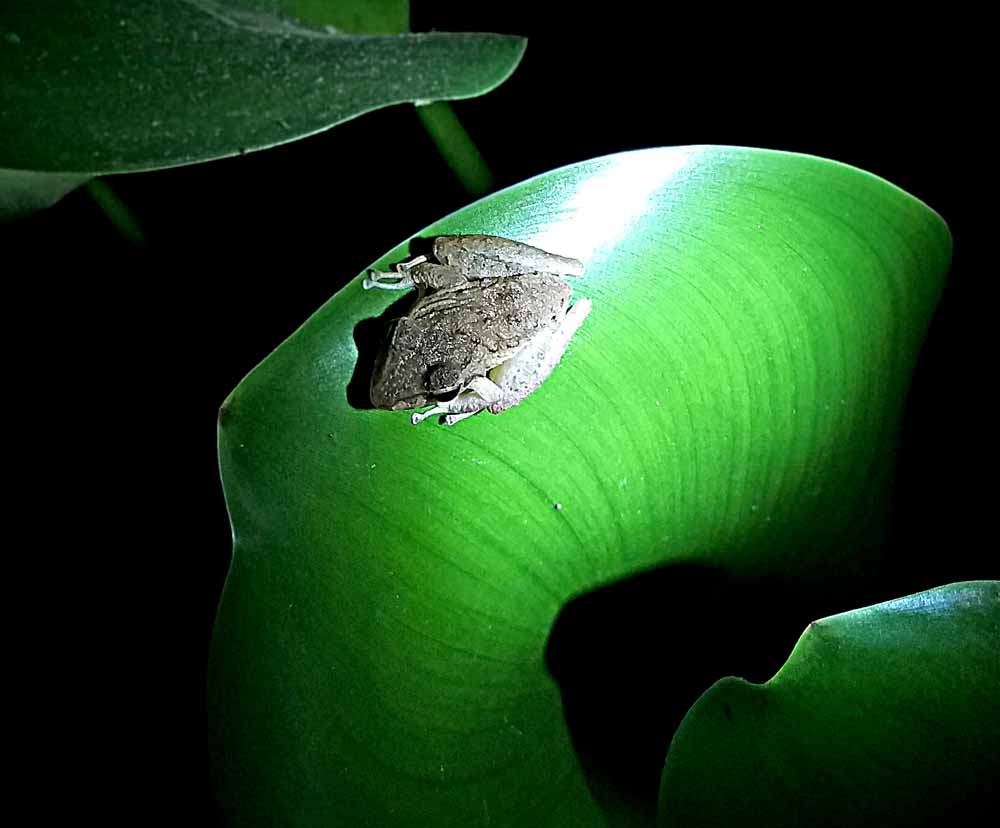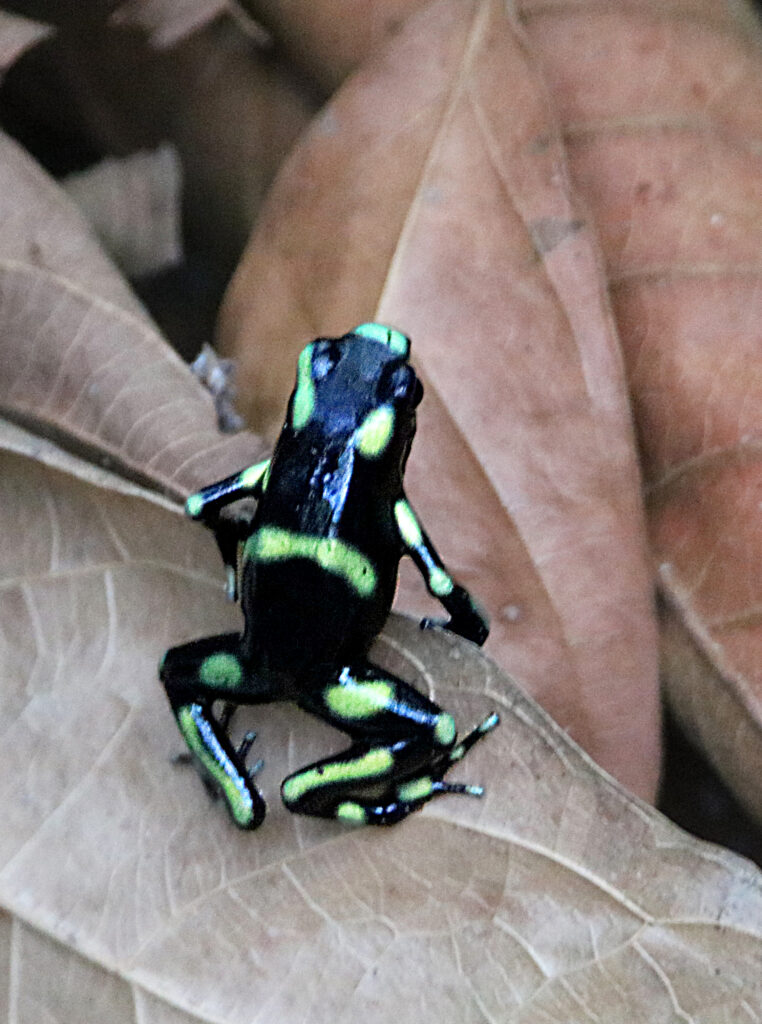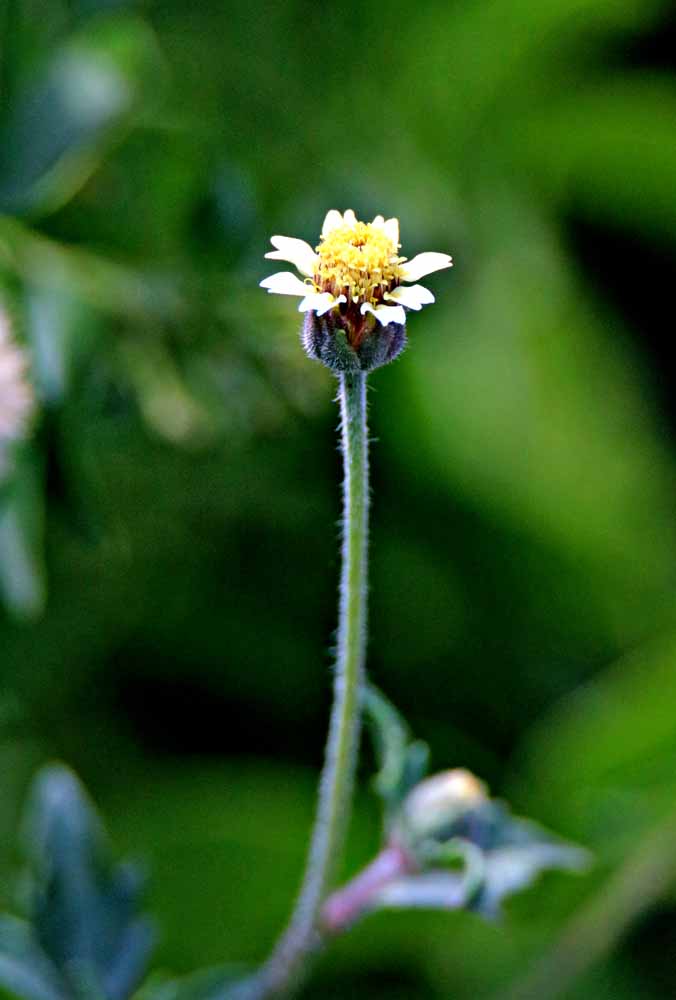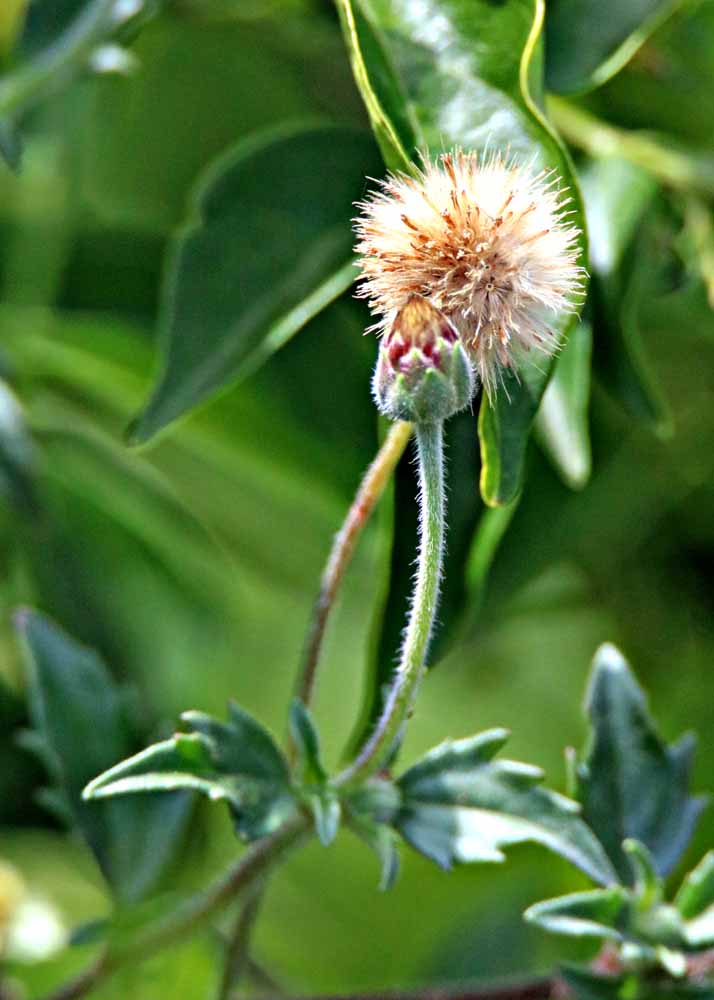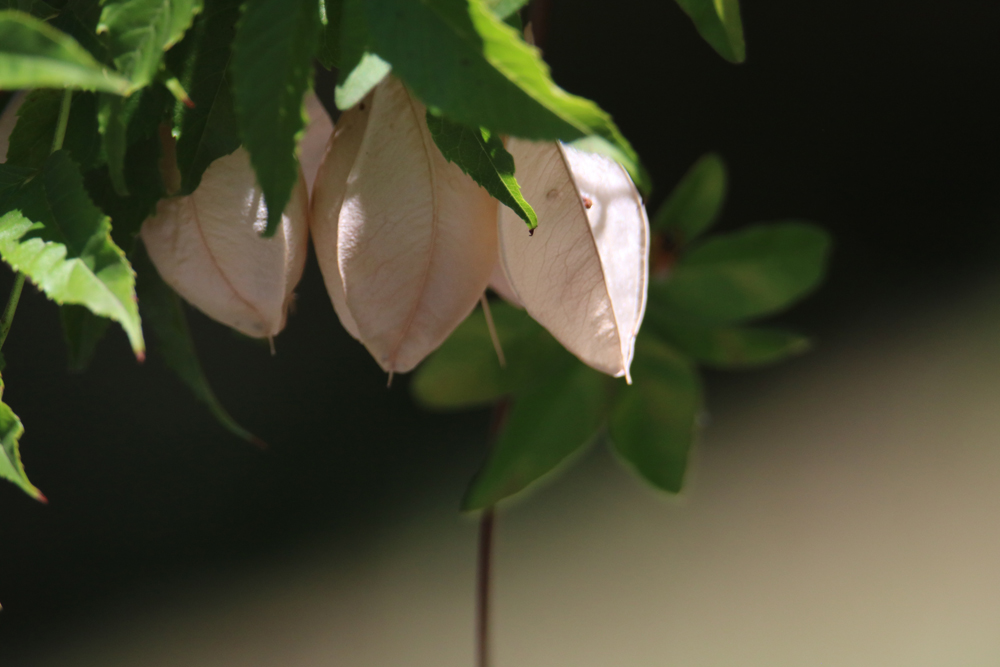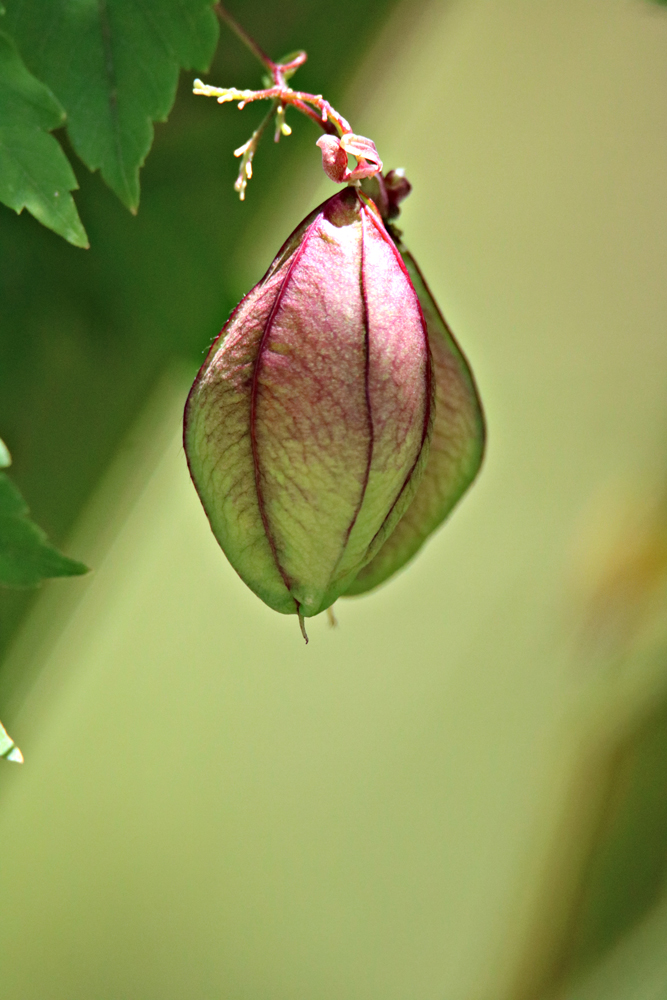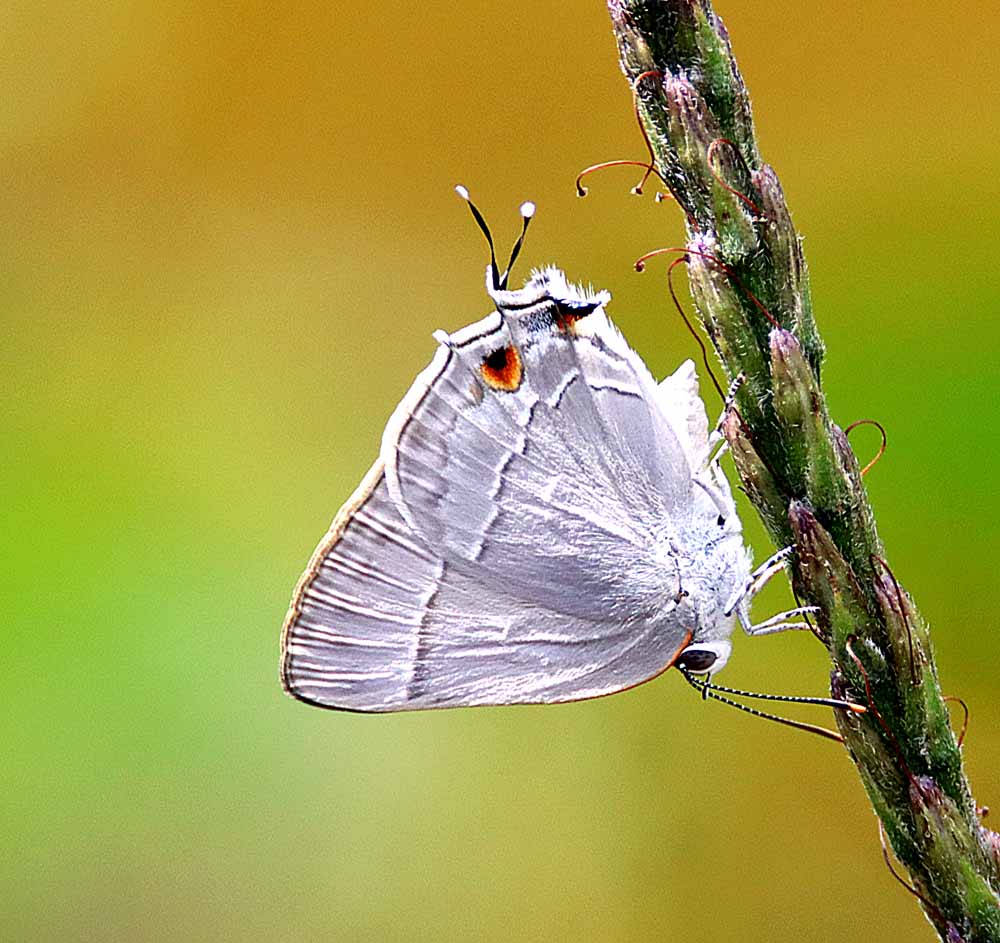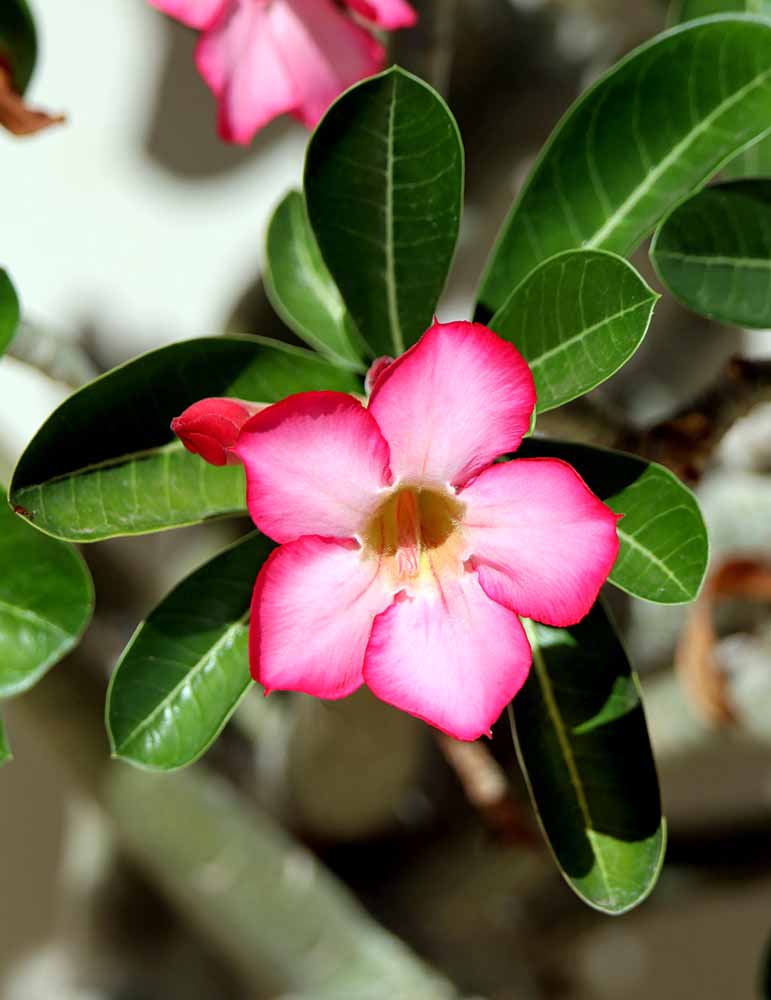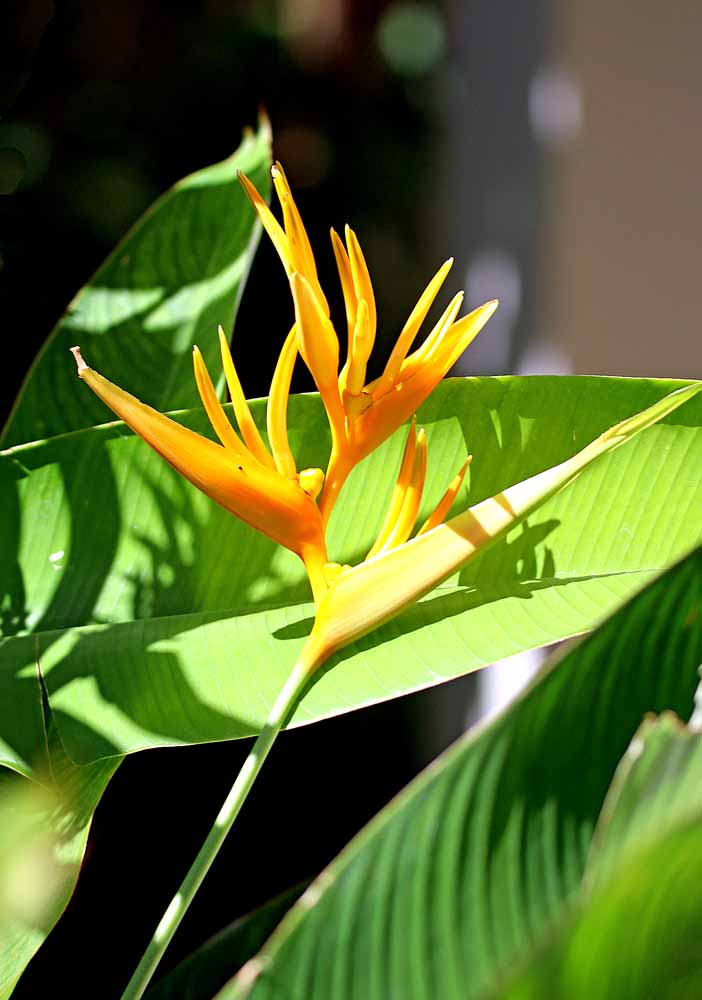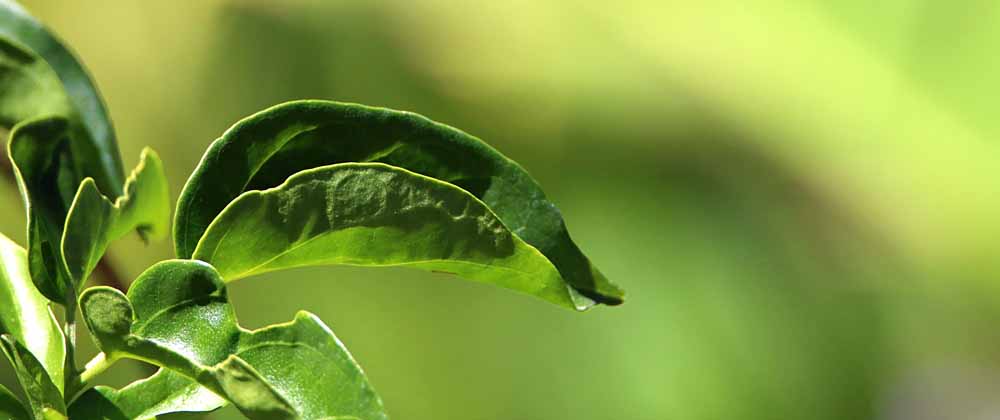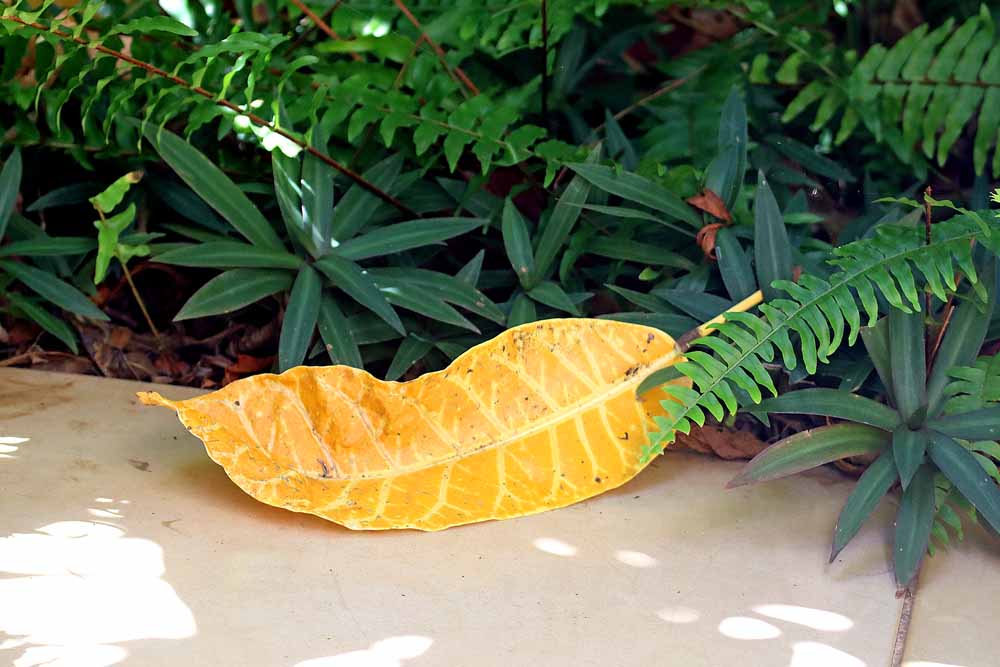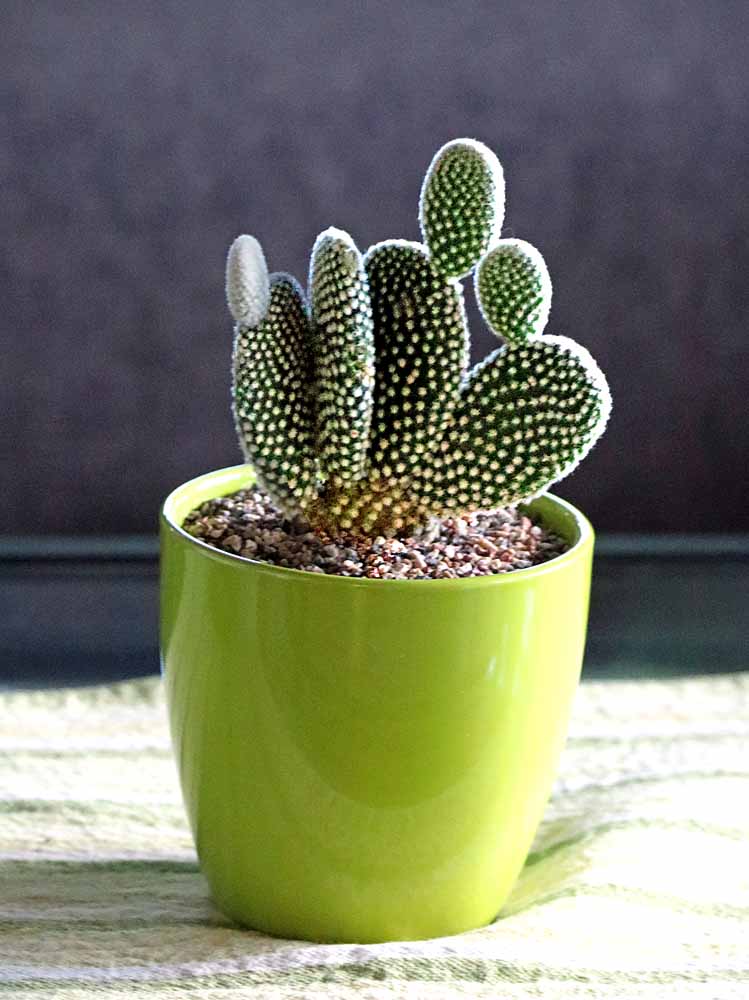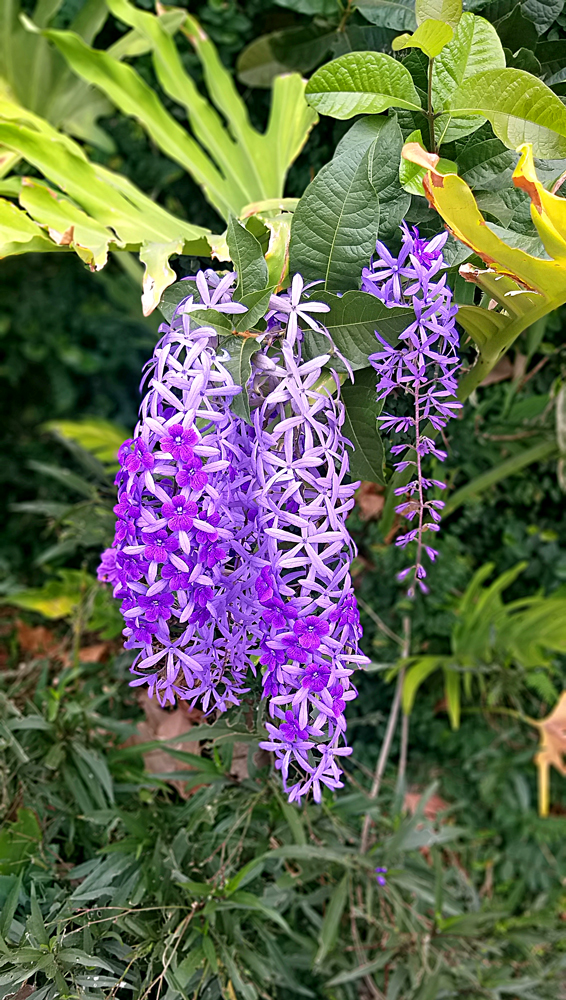
The Petrea volubilis , Machiguá or Flor de Santa Lucía (Wikipedia link) is a tropical evergreen vine found in Mexico and Central America. And it is just one more of many exoctic flowers I’ve discovered on my walks to town, popping up in some neighbor’s garden! Some, like this, take a bit of searching on the internet to identify, but rewarding to do so. Then I ask my gardener for one and he says, “What!?” 🙂
This tropical vine in the verbena family is further described by the North Carolina Extension Gardener. And interestingly by the Singapore National Parks. They also use the common names of: Sandpaper Vine, Queen’s Wreath, and Purple Wreath. Fun to see, but most of these exoctics I never get to grow. 🙂
¡Pura Vida!
